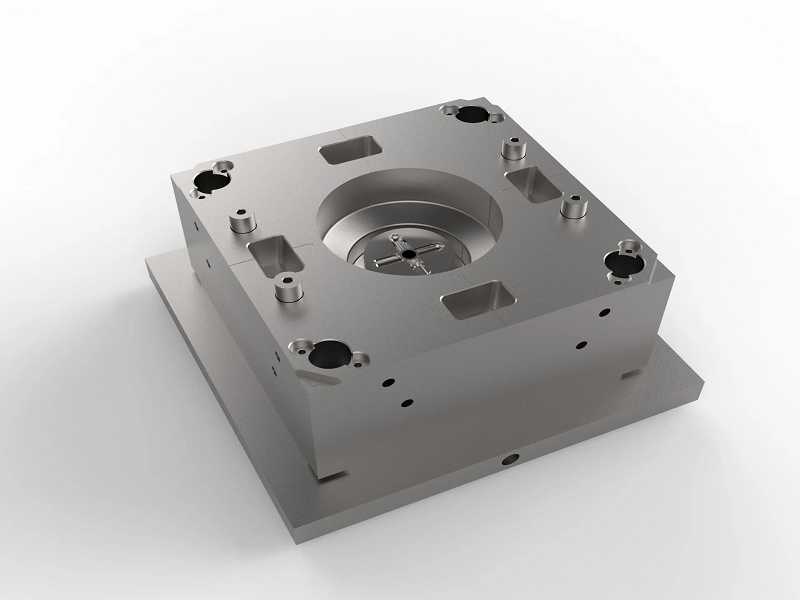Benefits of Prototype Injection Molding for Custom Plastic Parts
The process of creating a custom plastic part can involve several stages, from an initial 2D drawing to a detailed 3D rendering of the design. Once a design seems ready for production, it may be worth considering prototype injection molding before moving into mass production. This article explores the benefits of prototype injection molding and discusses the differences between injection molded prototypes and 3D printed prototypes.
Injection Molded Prototypes vs. 3D Printed Prototypes
While 3D printing is a popular choice for prototyping, injection molding remains the best option in many cases. Understanding the strengths of each method is crucial in selecting the best-suited method for your specific application.
Prototypes with 3D Printing
- Ideal for evolving designs in the concept stage
- Suitable for shallow quantity requirements
- Short lead times of 1-15 days
Prototypes with Injection Molding
- Best for finished designs that require accurate testing
- Perfect for prototype quantities exceeding 100 pcs
- Lead times of 2-5 weeks

Benefits of Prototype Injection Molding
Prototype injection molding offers several benefits, including gaining manufacturing experience and knowledge that can be applied during production. Here are some reasons why prototype injection molding is recommended:
Prevents Design Errors
Some design problems may not be visible in 3D or printed models, which can cause delays and add to production costs. Prototype injection molding allows you to avoid common mistakes before production begins.
Surface and Appearance Defects
Only by actually shaping the component will any surface or aesthetic faults become apparent. Prototype injection molding can address these flaws, such as sink marks, flow lines, and gate imperfections.
Non-Uniform or Unreasonable Wall Thickness
Injection molding manufacturing failures can result from designs with non-uniform or excessively thick or thin wall thicknesses. Prototype injection molding helps to understand the production challenges ahead.
Incorrect Gate Type or Location
Testing the results of a proposed gate type or location on a custom-molded part can only be done through prototype injection molding. Filling the mold cavity uniformly and keeping the plastic under pressure for as long as possible thanks to well-placed and -typed gates guarantees high-quality, repeatable results.
Critical Dimensions, Warp, and Material Shrink
Prototyping is a fantastic idea for injection-molded products that have been created with strict dimensional specifications for optimal performance. Prototype injection molding offers insight into how repeatable a plastic part will be on tight dimensions.
Prototype Injection Molds vs. Production Injection Molds
The injection molding industry has many assumptions and cliché names for plastic injection molds, leading to confusion among buyers and engineers of custom molded parts. One of the most misinformed beliefs is that there is a clear difference between a prototype injection mold and a production injection mold. Here are some commonly used mold types:
Rapid Prototype Injection Molds
The cost of these molds is significantly less than that of a regular injection mold.Nonetheless, you should treat any mold produced by “rapid prototyping” as if it were produced via 3D printing and utilize it for very small production runs only. Most of the time, an aluminum injection mold prototype is the most cost-effective option.
Steel Production Injection Molds
Many assume that production injection molds should be made from steel, but the metal produced should not be the reference between a prototype and a production injection mold. A production injection mold should be designed and constructed to accomplish the fastest cycle times, the highest quality parts, and the most extended tooling life possible, regardless of the metal used.
Aluminum Prototype or “Soft” Tooling
There is no difference between a prototype mold and a production mold based on the metal used to construct it. The design of the mold determines whether an aluminum prototype mold or a production mold is used. It will be created if the mold is designed with a single cavity to make a limited number of prototypes. Likewise, it can also be designed with one or multiple holes and all the features required for mass production.
Conclusion
Prototype injection molding offers several benefits for custom plastic parts, including preventing design errors, addressing surface and appearance defects, understanding production challenges, and gaining insight into repeatable tight dimensions. While 3D printing is an attractive option for prototyping, injection molding remains the preferred choice for many scenarios. Understanding the differences between prototype injection molding and production injection molding is crucial in selecting the best method for your specific application.
